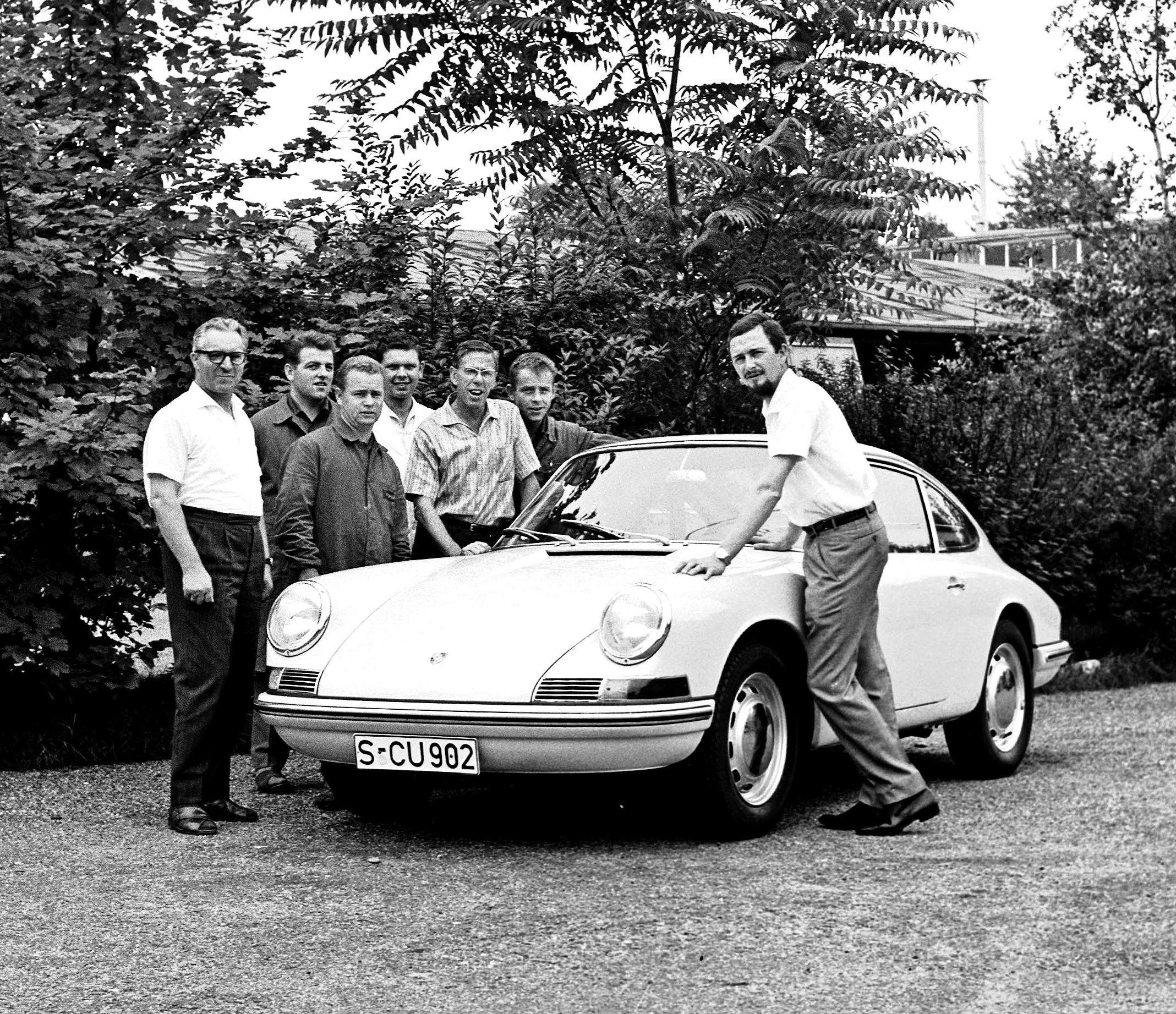In the late 1950s, while senior engineers at Porsche struggled through studies for a successor to the 356, a new generation of Porsche family members was entering the business. Ferry Porsche’s eldest son, Ferdinand Alexander Porsche, joined the family firm in 1957. Butzi Porsche—as he was known—spent his first nine months at Zuffenhasuen working with veteran Franz Reimspeiss learning the details of the four-cam Carrera engine. From there he moved over to Erwin Komenda’s department to gather knowledge about car bodies.
Ferry’s idea of having his son learn many parts of the business was good. But putting Komenda and Butzi in the same room was like mixing matter and anti-matter. Erwin Komenda was of the old school. He was an engineer with decades of hands-on experience in sketching, designing and building car bodies and related components. Butzi on the other hand saw himself as a Bauhaus-educated stylist whose inherited skills descended from decades of experience earned by his illustrious forebears.
No Subscription? You’re missing out
Get immediate ad-free access to all our premium content.
Get Started



